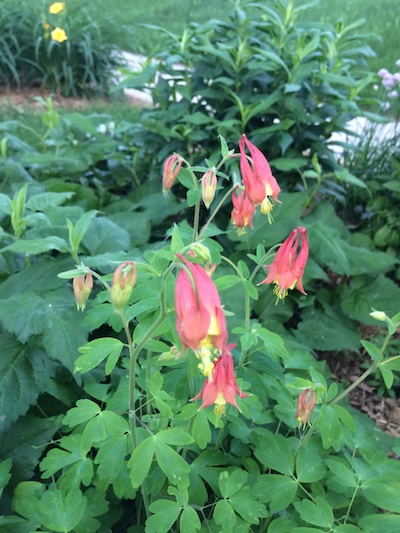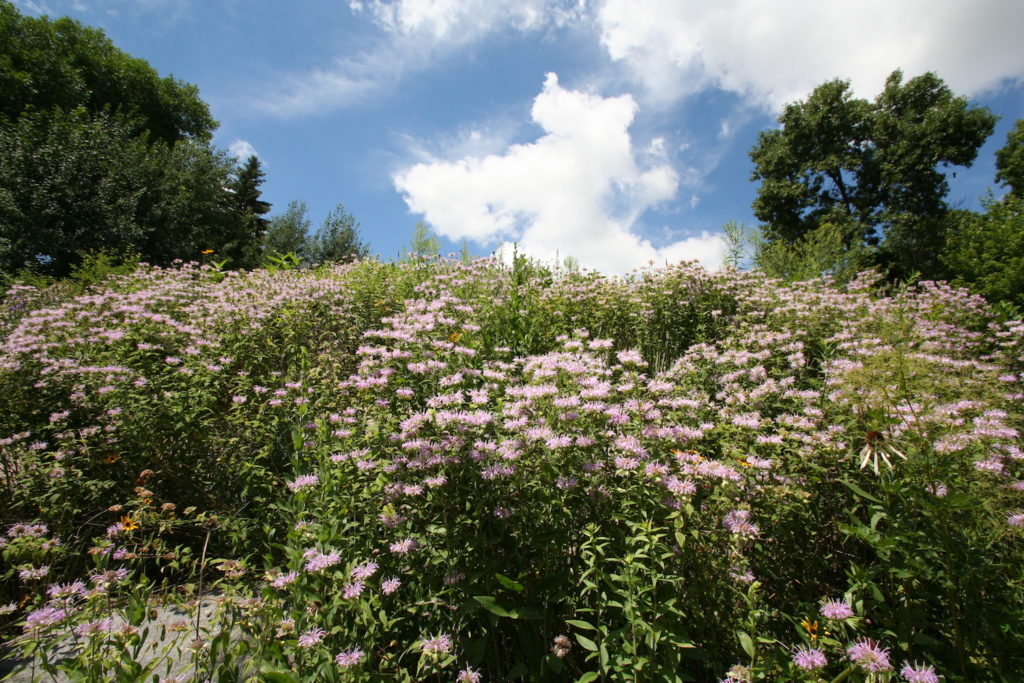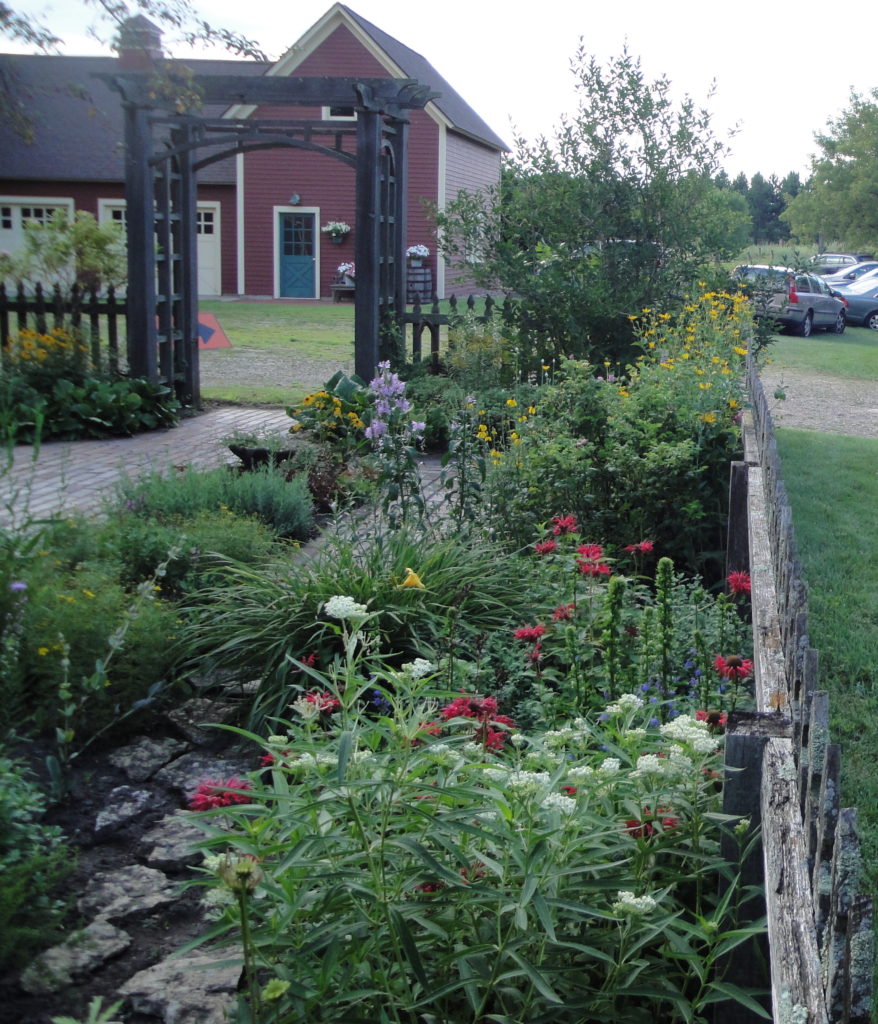“What is going on here?”
How many times have you asked yourself that question, while facing a dead plant, a diseased one or one that is spreading wildly where you don’t want it?
It’s the right question, according to Larry Weaner, author of Garden Revolution: How Our Landscapes Can Be a Source of Environmental Change (Timber Press, 2016) who spoke at Saturday’s Wild Ones Design with Nature Conference in St. Paul. Figuring out what is going on will help gardeners come to a deeper understanding of individual plants and how those plants work in communities.
Take cardinal flower, for instance. Weaner once discovered a stand of cardinal flower near a fallen tree in the woods. It had never been there before and a few years later the cardinal flowers were gone. But that is the nature of the plant—it grows in disturbed areas, is short-lived and then disappears when more vigorous plants move in. Its seeds then rest in the soil, ready for the next disturbance. Understanding plants and their roles in plant communities alleviates the natural anxiety of home gardeners (“Oh, no! What happened to my cardinal flower?”) It also makes them more skillful, accepting gardeners. Learning about cardinal flower is a first step toward understanding other short-lived perennials.

Asking what’s going on is one of many lessons I took away from Weaner’s talk. Here are four more you may want to consider as you plan your garden this year.
Time is the fourth dimension of garden design. Most gardeners know the adage, first year, sleep; second year, creep; third year, leap. It takes at least three years for plants to reach maturity. But beyond that, time also changes gardens. A shrub that starts out small, with lots of room around it for perennials or annuals, will someday be large, taking up all the space, blocking the light from the perennials below. You can prune it to control height and width, of course, or you can accept that the perennials will fade and let the shrub be what’s it’s meant to be. There will be change in the garden always.

It’s all about square footage. If one of your goals in planting native plants is to help pollinators and nurture wildlife, make it as big as you can. A tiny garden around a mailbox may attract a butterfly here or there, but a big swath of larval and nectar plants are what brings in the masses. The good news is: Gardening is contagious. I’ve seen time and again when one person starts planting, the neighbors join in. Spread the love of native plants and gardening by sharing extra plants with those around you. You may be able to expand the garden square footage beyond your property.
Plant things tight. In nature, plants grow right on top of each other, in layers from groundcovers to shrubs to trees. To crowd out weeds, plant native plants tightly.

Using native plants does not reduce the need for design (or maintenance). In urban areas especially, gardens with lots of native plants need to look intentional to keep the neighbors happy. Echoing plants throughout a design, creating paths, thinking about views are garden design tools that work no matter the plant palette. And, while native plants tend to be much lower maintenance over time, new plantings still need weeding, watering and monitoring.
I’m planning two new gardens with native plants this year (more square footage!) but with all my gardens, I’ll be asking “what’s going on here.”
I was there on Saturday! I bought his book and am now devouring it. About 2/3 of my gardens are native plants; the rest are edibles. He was definitely right about careful weeding early on leading to a stronger established garden later. A native planting that I added in 2015 hardly needed any weeding in 2018. But that was partially because I kept on top of the weeding in ’16 and ’17.
Both his and Robin Kimmerer’s talks were so inspirational.
I really, really love his book — it’s so wise about how to use native plants in naturalistic gardens. Hopefully, I’ll hear him speak at some point, too. But, this book is great! (And I’m a naturalistic, native plant-oriented gardener, as is my hubbie, so I’m a picky reader on this subject.).
I have not read his book, but it’s definitely on the list. He’s worth seeking out as a speaker, Lisa.
I’m about the same as you Jennifer—lots of natives, a few heritage plants (peonies, for example) and veggies. Like any planting, you have to pay attention the first year or two. Thanks for commenting!
Keeping neighbours happy is turning out to be a problem. Last summer they called bylaw officers to mow the boulevard, all planted with grasses, yarrow and red clover. No matter how much work they see you putting into such a swathe of dry, gravelly road edge, they just don’t like it. As it is boulevard I can’t fence it, but the edge between prairie and immaculate lawn full of flower beds is straight and clear. I’ll keep at it, but without much hope that the revolution is gathering force.
Good luck! Neighbors can be tricky.